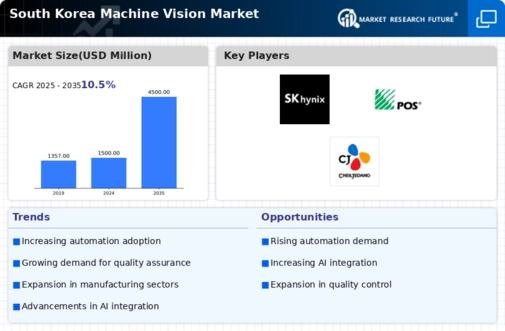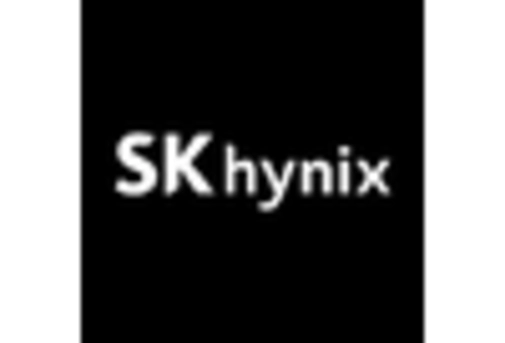The South Korea Machine Vision Market is experiencing significant growth and innovation, driven by a rising demand for automation across various industries, such as automotive, electronics, food and beverage, pharmaceuticals, and textiles.
The competitive landscape of this market is characterized by the presence of both global and local players actively working to enhance their product offerings and market share. Companies are focusing on the development of advanced machine vision systems that integrate artificial intelligence, image processing technologies, and high-resolution imaging to optimize production processes, improve quality control, and increase operational efficiency.
The rapid advancements in technology, coupled with a strong emphasis on research and development, are providing businesses with competitive advantages to meet the increasing demand for automated solutions in South Korea.
Omron Corporation stands out in the South Korea Machine Vision Market with its robust portfolio of imaging and vision solutions, including cameras, sensors, and machine vision software that cater to diverse industrial applications. The company has established a significant market presence in South Korea through its commitment to quality and innovation.
Omron Corporation's strengths lie in its advanced technology, which includes artificial intelligence-based image recognition systems and high-performance sensors.
Furthermore, the company's strategic partnerships with regional distributors and system integrators enhance its ability to provide tailored solutions that meet local market needs, solidifying its position as a leader in the machine vision sector within the country.National Instruments has carved a niche for itself in the South Korea Machine Vision Market by providing a range of innovative products and services designed for machine vision applications.
The company specializes in software-defined solutions and hardware systems that enable effective data acquisition and analysis, which are crucial for high-performance machine vision tasks. National Instruments offers comprehensive support through its LabVIEW software, which allows engineers to create customized machine vision applications seamlessly.
The company’s strengths include its reputation for reliability, extensive technical support, and consistent investment in R&D to advance its product lineup. In recent years, National Instruments has engaged in strategic alliances and partnerships to enhance its offerings in South Korea, thereby expanding its footprint and reinforcing its competitive edge in the machine vision domain.














Leave a Comment